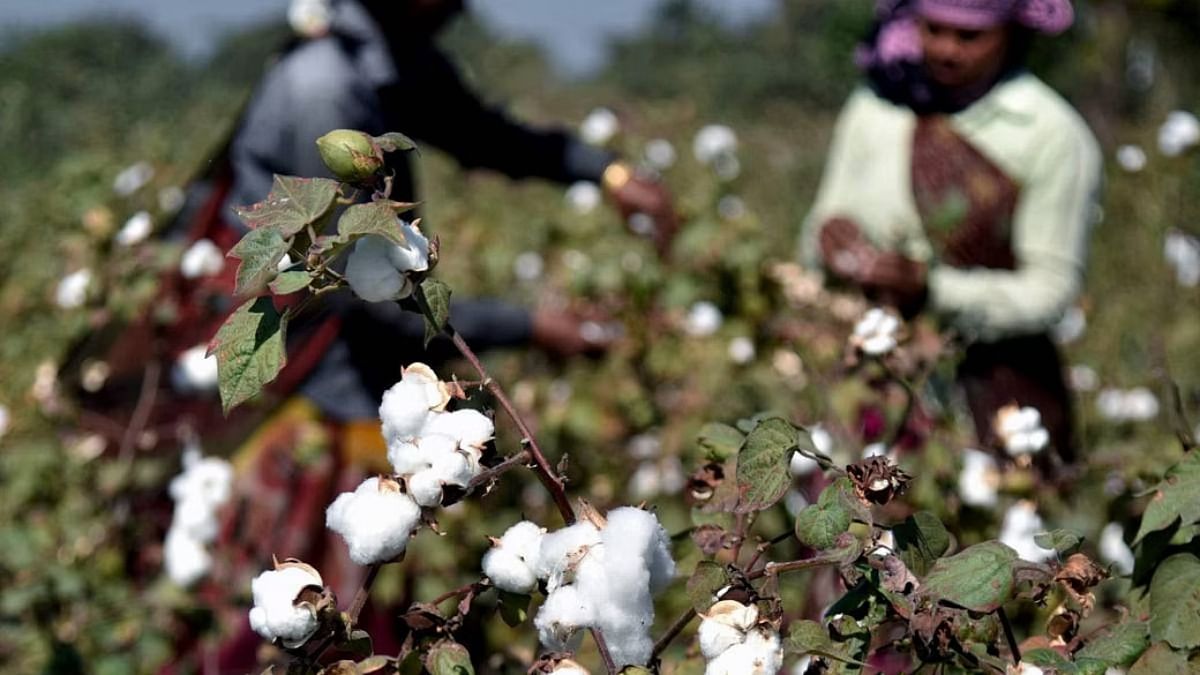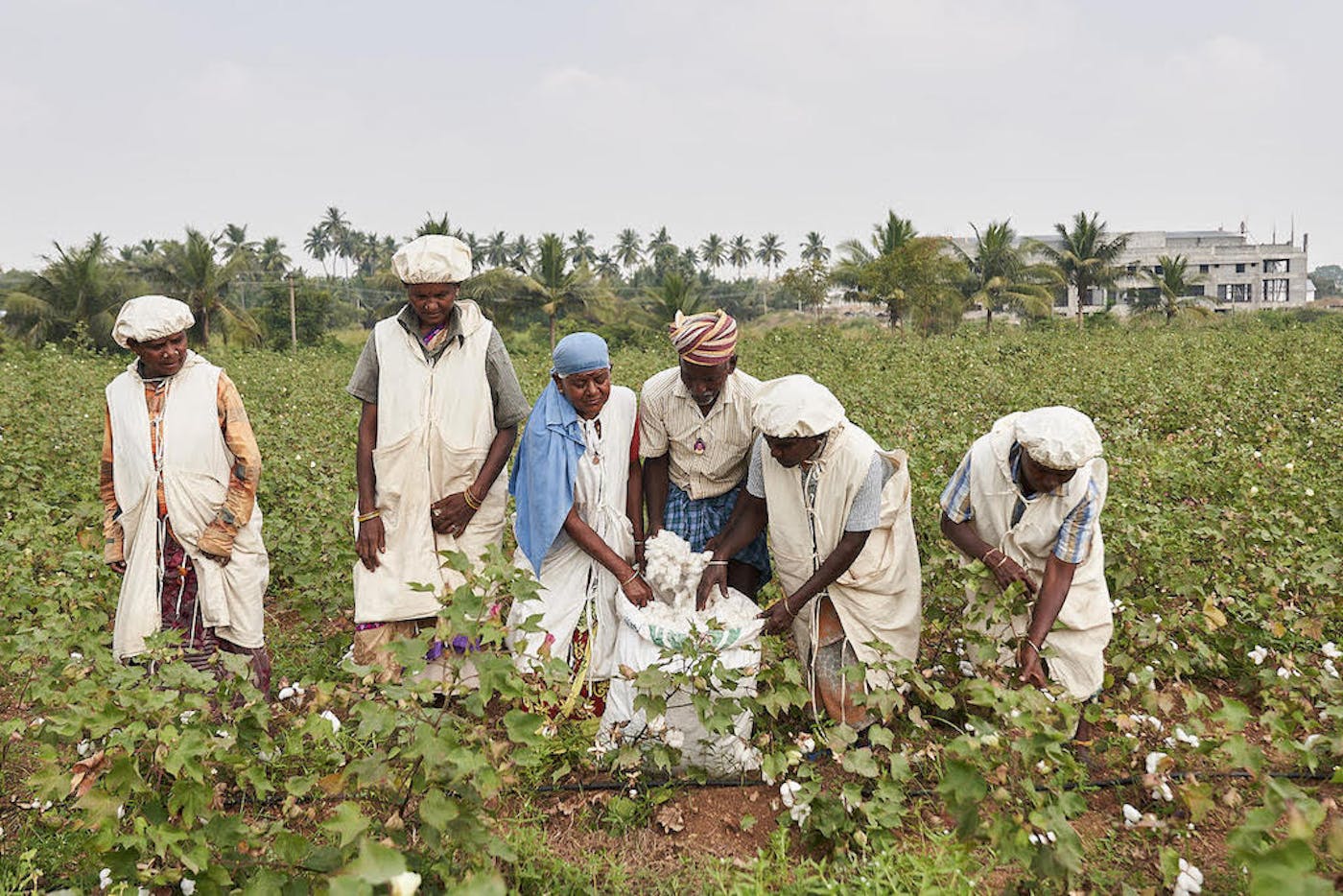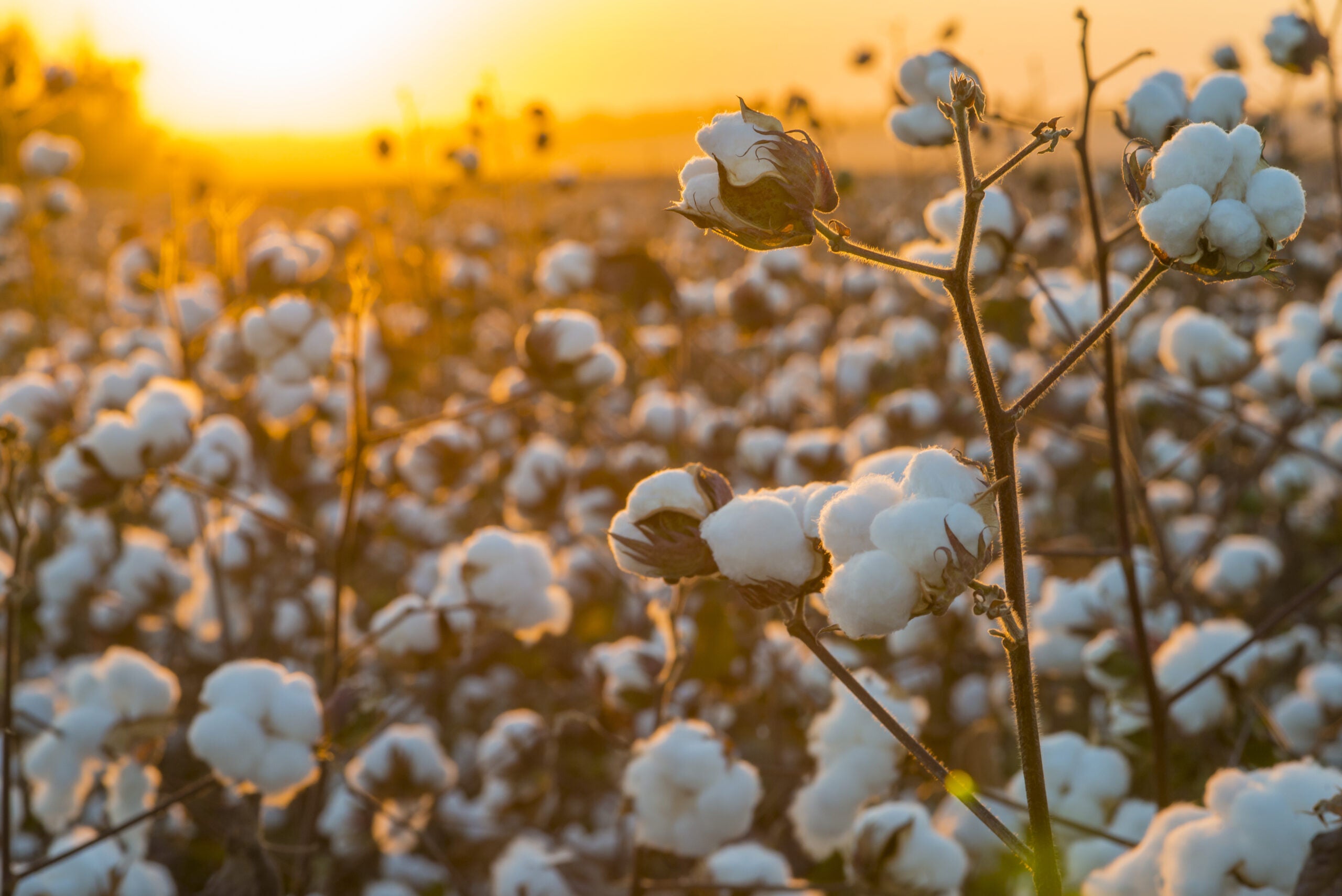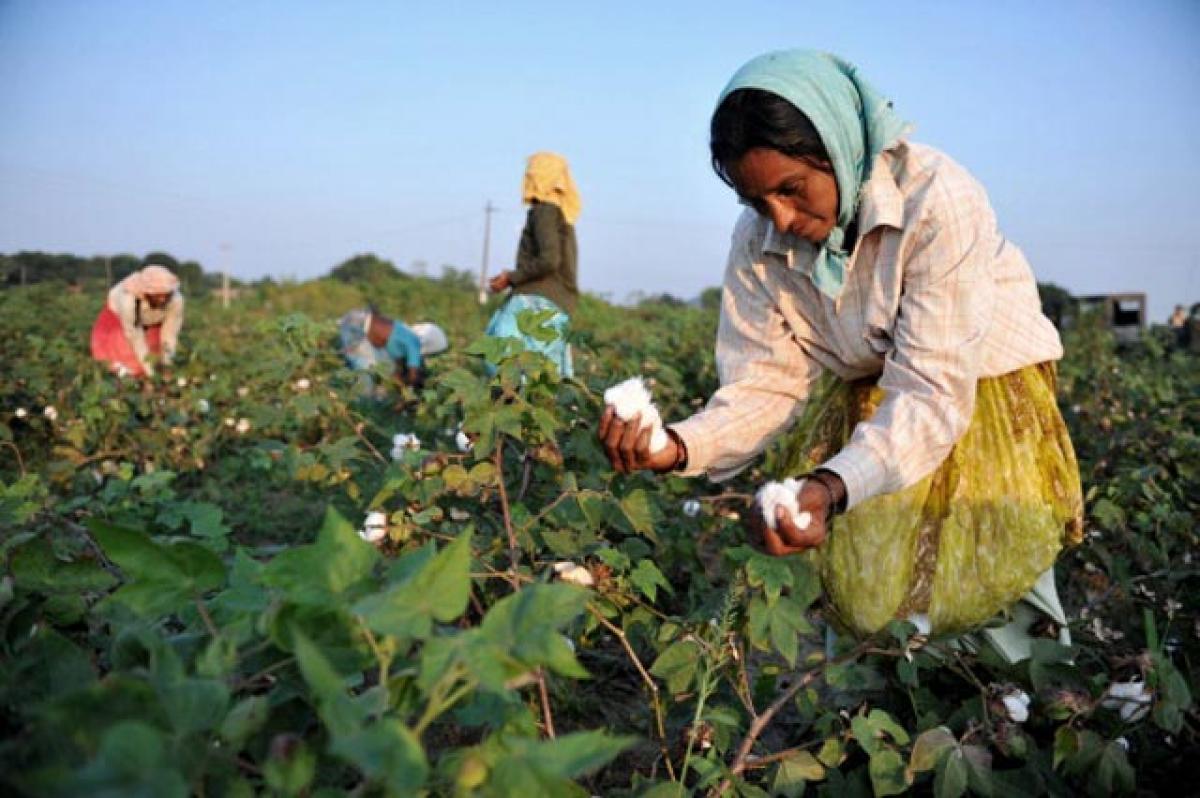A drop in cotton production is anticipated by traders’ bodies by 2023

A drop in cotton production is anticipated by traders’ bodies by 2023.
Cotton is one of the world’s most important cash crops, serving as the primary source of raw material for the textile industry. Cotton production plays a pivotal role in the global economy, with millions of people relying on it for their livelihoods.
However, recent estimates by a prominent traders’ body suggest a significant 7-8% decline in cotton production.

According to statistics given by the Cotton Association of India, monsoon shortfall and the ensuing slight reduction in planting area may cause India’s cotton output for the 2023–24 season to drop to 29.5 million bales, compared to 31.9 million bales the previous year.
The main cotton producing zone, the central zone, is expected to generate 17.96 million bales, while the south zone will produce 6.75 million bales weighing 170 kg apiece. It is anticipated that Maharashtra and Gujarat would produce the most cotton.
Gujarat and Maharashtra are expected to produce 8.5 million and 7.66 million bales of cotton respectively during the 2023–24 cotton season, compared to 9.44 million and 8.07 million bales for the 2022–2023 season.

Causes of Decline in Cotton Production
- Adverse Weather Conditions:
Unpredictable and extreme weather events, such as droughts, floods, and cyclones, can severely impact cotton cultivation. Climate change has exacerbated these issues, leading to erratic rainfall patterns and prolonged dry spells in cotton-growing regions. These adverse conditions can stunt cotton plant growth, reduce yields, and increase vulnerability to pests and diseases.
- Pest and Disease Outbreaks:
Cotton crops are susceptible to various pests and diseases, including bollworms, aphids, and Fusarium wilt. Inadequate pest management practices, pesticide resistance, and the emergence of new pest strains can devastate cotton fields, reducing the overall yield. The recent spike in pest infestations has contributed to the decline in cotton production.
- Poor Agricultural Practices:
Inefficient farming techniques, including improper irrigation methods, inadequate soil management, and suboptimal use of fertilizers, can hinder cotton plant growth and development. Farmers must adopt modern and sustainable agricultural practices to maximize their cotton yield.
- Fluctuating Market Prices:
Cotton prices are subject to global market fluctuations, which can impact farmers’ decisions to invest in cotton cultivation. When prices are low, farmers may shift to more profitable crops, leading to a reduction in cotton acreage and production.

Consequences of Reduced Cotton Production
- Economic Impact:
A decrease in cotton production can have far-reaching economic consequences. Cotton is a major export commodity for many countries, and a dip in production can lead to reduced export earnings. This, in turn, affects the livelihoods of millions of cotton farmers and their communities.
- Increased Prices:
Lower cotton production can lead to increased prices for cotton-based products, such as textiles and apparel. Consumers may experience higher prices for clothing and other goods made from cotton, impacting their purchasing power.
- Supply Chain Disruptions:
Reduced cotton production can disrupt the textile and apparel supply chain. Manufacturers may face challenges in securing an adequate supply of raw cotton, potentially leading to delays in production and delivery.
- Job Losses:
The cotton industry provides employment to a significant portion of the population in cotton-producing regions. A decline in cotton production can lead to job losses in farming, ginning, spinning, and textile manufacturing sectors.

Countermeasures and Solutions
- Improved Agricultural Practices:
Encouraging farmers to adopt sustainable and modern agricultural practices can enhance cotton production. Training programs, access to quality seeds, and effective pest and disease management strategies can help increase yields.
- Weather-Resilient Varieties:
Developing and promoting cotton varieties that are more resilient to adverse weather conditions can mitigate production losses. Research and development efforts should focus on breeding cotton varieties that can thrive in changing climate patterns.
- Market Support and Price Stabilization:
Governments and industry stakeholders can work together to stabilize cotton prices through market interventions and price support mechanisms. This can incentivize farmers to continue cotton cultivation even during periods of lower market prices.
- Diversification:
Encouraging crop diversification can reduce the reliance on cotton as the sole source of income for farmers. Promoting alternative crops that are less susceptible to adverse weather conditions and pests can provide a safety net for farmers.

The estimated 7-8% dip in cotton production is a concerning trend with significant implications for the global economy, livelihoods of farmers, and consumers.
Addressing the underlying causes of this decline and implementing strategic countermeasures is essential to ensure the sustainability of the cotton industry.
Collaboration among governments, industry stakeholders, and farmers is crucial to overcome the challenges and secure a prosperous future for cotton production.




